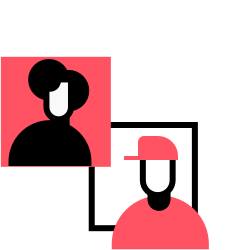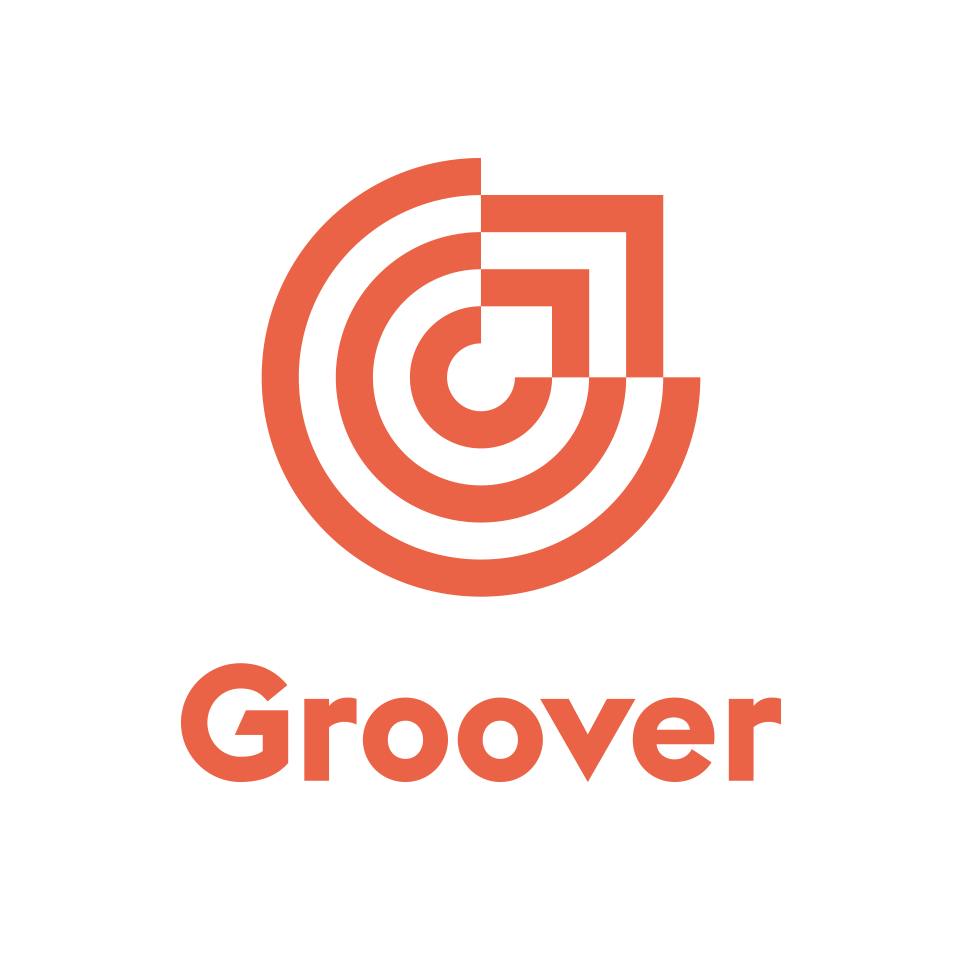Tips for integrating third party playlists when you are an independent artist
In 2022, being a musician and producing your songs is accessible to anyone who has a room, a computer, and $250 to invest in recording equipment. Now, making your music accessible to listeners likely to like it: that's another story. For that, you'll have to get into Spotify, Deezer, or Apple Music playlists, make good scores in streaming, and be recognized as a musician who appeals to listeners by the algorithms of the streaming platforms. Without overthinking, one could say that this is a luxury that only musicians signed to a record company can achieve. However, let me reassure you: thanks to the third-party playlists found on Spotify, Deezer, or Apple Music, this is not the case. That's why this article will give you some tips on how to integrate third-party playlists as an independent artist.
As a listener, you might have noticed that playlists - and especially third-party playlists - are a great way to discover new artists based on your current mood! So why wouldn't it work the other way around? Why can't your music be streamed by strangers on their subway ride, during their workout, or in their shower? Groover exists to provide an answer to this question. Groover is a music promotion platform that allows musicians to connect with playlist curators but also media outlets, radio stations, and music industry professionals such as labels, publishers, bookers, etc. - with a guarantee of listening and response within 7 days. Groover is, therefore, a real activation lever in a music promotion strategy.
This tool is much more accessible to integrate third-party playlists when you are an independent artist. But let’s get back to the point.
What is a third-party playlist?
First of all, it is essential to understand what a third-party playlist is and how it is different from the other types of playlists. To make it short, there are 3 types of playlists on Spotify, Deezer or Apple Music:
- People working at platforms like Spotify manage editorial playlists
- Algorithmic playlists, based on track and listener data, are processed by the streaming platforms' algorithms.
- Spotify users or other streaming platforms can create third-party playlists, also called user-generated playlists.
Integration into third-party playlists is also a lever for the other two types of playlists. Indeed, it will allow you to increase the stream scores of your songs, and the algorithms of the streaming platforms as well as the curators will take this into account. Why? Because it's an excellent signal that your songs are liked if they get included in third-party playlists!
Secondly, it's important to understand that there are different types of users who create third-party playlists on streaming platforms.
- The average user: he creates his third-party playlist for himself, for fun, on his favorite streaming platform. By chance, it can be followed by many people. Otherwise, it can also be very confidential (listened to by him, his best friend, his cat; who only has a free subscription...).
- The influencer: he is followed on the networks, especially for his musical tastes. It can be the third-party playlist of a DJ, an artist, or a journalist.
- The media outlet: the role of a music media outlet is to make people discover music. Many have their third-party playlists which include their recent discoveries or all-time favorites and are often available on multiple streaming platforms.
- The promotion agency: you'll understand it when you read this article on our tips to integrate third-party playlists when you are an independent artist... Third party playlists are a business! Communication agencies have launched their third-party playlists or bought successful playlists to sell placements to labels and artists.
Now that the definition of a third-party playlist is more precise, I'm going to give you some tips to integrate third-party playlists as an independent artist to increase your visibility on streaming platforms.
Put your tracks in boxes to get into playlists as an independent artist
Know your strengths and try to understand who the listeners behind your future streams are so that you can integrate playlists that they listen to! Indeed, if you integrate rock playlists when you're doing rap, it won't work. More precisely, if you combine third-party playlists from Drill UK when you're doing boom-bap in French, your music will land in the ears of the wrong listeners at the wrong time. Thus, they will skip your song, which will send a wrong signal to the algorithms of the streaming platforms.
So the first advice would be to select your most "accessible" songs and the ones that are easiest to put in a box. It's very cynical, but that's how the playlist world works. To maximize the return on your placement in a third-party playlist when you're an independent artist, you have to adapt. For example, one of your singles is a banger to listen to at the gym? Is another one the perfect dance track? The last one is a single to listen to in the summer, under the sun and coconut trees? These three moods correspond perfectly to times when people listen to playlists! There will also be third-party playlists named by genre ("Indie rock 2022", "Rap 2022") or by moods ("Sad Rap", "Rock love songs") which you'll have to target to improve your streams.
This first information is valuable, but it isn't beneficial without the next one. Because one of the questions you ask yourself at this stage is: how do you identify all these third-party playlists when you are an independent artist? For that, you'll have to understand your music.
Know yourself (and your colleagues) to integrate third-party playlists as an independent artist
Yes, you are the best. Yes, you are unique. No, your music is not comparable to any other artist's. That's an artistic - and philosophical - reality. However, it is advantageous to compare yourself to get into third-party playlists as an independent artist. Try to consider that other artists, whose music is similar to yours and who have more exposure than you, have actually paved the way for you. Thanks to them, there is a clear path to reach your audience. So why not take it? If you want to get into third-party playlists, you'll have to step back from your work.
To put it more clearly: if your music is similar to Central Cee's, try to understand which third-party playlists he has been placed in! It's logical: his audience likes drills, and you make them; he listens to "Drill UK 2022" playlists, so you have to be there for them to discover you! That's how you can increase your streams on the platforms and the number of your subscribers on Spotify, Apple Music, or Deezer. Then, the algorithms of the streaming platforms will identify you as an artist who likes and will continue to recommend you. Moreover, thanks to its algorithm and the information you provide, Groover will be able to suggest you a list of playlists to contact directly.
This way, you can choose 3 to 5 key artists that will guide you to search for third-party playlists that you should include. Try to select artists with more exposure than you, but not necessarily mainstream: "small" playlists that list independent and emerging artists like you will be a good key at first. Then, for each of them, you'll be able to search relevant third-party playlists. For example, their profile will show the playlists in which the artist has been "discovered." There will be editorial playlists, algorithmic playlists, and third-party playlists. The latter are the ones you will focus on.
A little piece of advice. If you don’t know which artists to focus on, go to your own Spotify profile, then to the ‘Fans also like’ section. In this section, you may discover artists that your listeners also like and whose playlists inclusions may be very relevant for you to target!
Each playlist has a curator or user linked. This is the user to whom the playlist belongs, and their name will be visible at the top of the third-party playlist. Search for their name on Instagram, Facebook, Twitter, or online. You’re likely to find more information! Sometimes their email or @ are directly indicated. So you can contact them by introducing yourself to submit your single to their playlist.
And here you are, with a nice list of people to contact to integrate third-party playlists in total independence! It can look like a true investigation, but it’s also your opportunity. Not many artists will make all that effort to find the owner of a third party playlist, so you get more chances to stand out.
Another little tip: often, artists have their own playlist. And their listeners listen to them! Don't hesitate to initiate some free trades: you can put their new single in your playlist and ask to put your single in theirs. Which means that you would have to create your own playlist first of course!
How to convince third-party playlists to integrate your music when you are an independent artist?
There will be two categories of playlists: those that will be free and those that will make offers for you to pay them. We will focus mainly on the free ones because it is vital to think about your budget reality as an independent artist and for other reasons detailed below.
Generally, the playlists which are managed by media outlets are free. So try to contact them to submit a song that might match the ones they include in their third-party playlists on Spotify or other streaming platforms! In some cases, influencers' playlists will work the same way. So cut them some slack. Instead of sending a whole album, send them just THE song that can fit in one of their playlists. By the way, Groover is a great tool, almost indispensable when you're an independent artist, to detect and access these third-party playlists for a low cost and with little effort. So it will allow you to increase your streams on Spotify and other streaming platforms.
Secondly, many curators create playlists in their name or launch playlist channels, e.g. The Daily Dose and many others. These are solid partners to help you increase your streams and gain Spotify, Deezer, or Apple Music subscribers. You can easily find these playlist curators on the Groover platform, and you are guaranteed to get feedback from them within 7 days.
For paid third-party playlists, whether agencies or influencers manage them, you shouldn't have too much trouble contacting them! Indeed, it's a business in this situation, and you're a customer. Generally, by DM or email, the conditions to contact them will be clearly stated. Be very careful though. First, paid placements on playlists also mean less legitimacy since they might accept all tracks submitted to them from artists willing to pay. Second, Spotify clearly bans “pay for playlist inclusion” and is monitoring those activities very carefully.
More precisely, be wary of third-party playlist curators who will guarantee you a precise number of streams. These statistics also depend on the quality of your track and its consistency with the rest of the playlist. The curator should therefore not be able to guarantee a precise result.
That being said, we must say that we strongly advise against paying for any guaranteed inclusion in a Spotify playlist, which is very close to pay-for-play (aka payola) a practice that is illegal for radio stations. Paying for consideration and guaranteed listening is very different as playlist curators maintain their complete editorial independence. They indeed can decline the tracks they receive and there’s no bias to accept tracks they wouldn’t want to.
(To learn more, read further about how to get on Spotify playlists.)
Integrating third-party playlists when you are an independent artist: what reflexes to have?
You’ve got in touch with playlists on your own, and you’ve ruled out paying for guaranteed placement. What’s left?
On Groover, for €2 you can contact a playlist curator, get guaranteed listening and consideration for a placement in his playlist on Spotify, Apple Music, and Deezer, which won’t require any additional payment.
You can filter by the “Spotify certified playlist” badge to focus on the most impactful playlists which are listed on the platform. The acceptance rate on their profile will also give you an idea of the chances you have of your music getting accepted. But believe in yourself, if you have a great track, you will get results! The overall acceptance rate on Groover is around 20%, but it varies a lot depending on the quality of the track and of the targeting.
By now, you should be able to find third-party playlists to integrate, even as an independent artist. With those tips, you'll probably even be able to manage your first third-party playlist integrations like a pro! By doing so, you'll get a lot closer to how major labels work because they know that a third-party playlist with 8,000 subscribers on Spotify can significantly impact the stream figures of their artists.
Since you know how to integrate third-party playlists as an independent artist, you'll start playing in the same league as signed artists and Groover is a faithful ally in this work! You should have a look at our case study with Mathieu Saïkaly’s track Neptune to understand more precisely how to lead your playlist promotion strategy.



